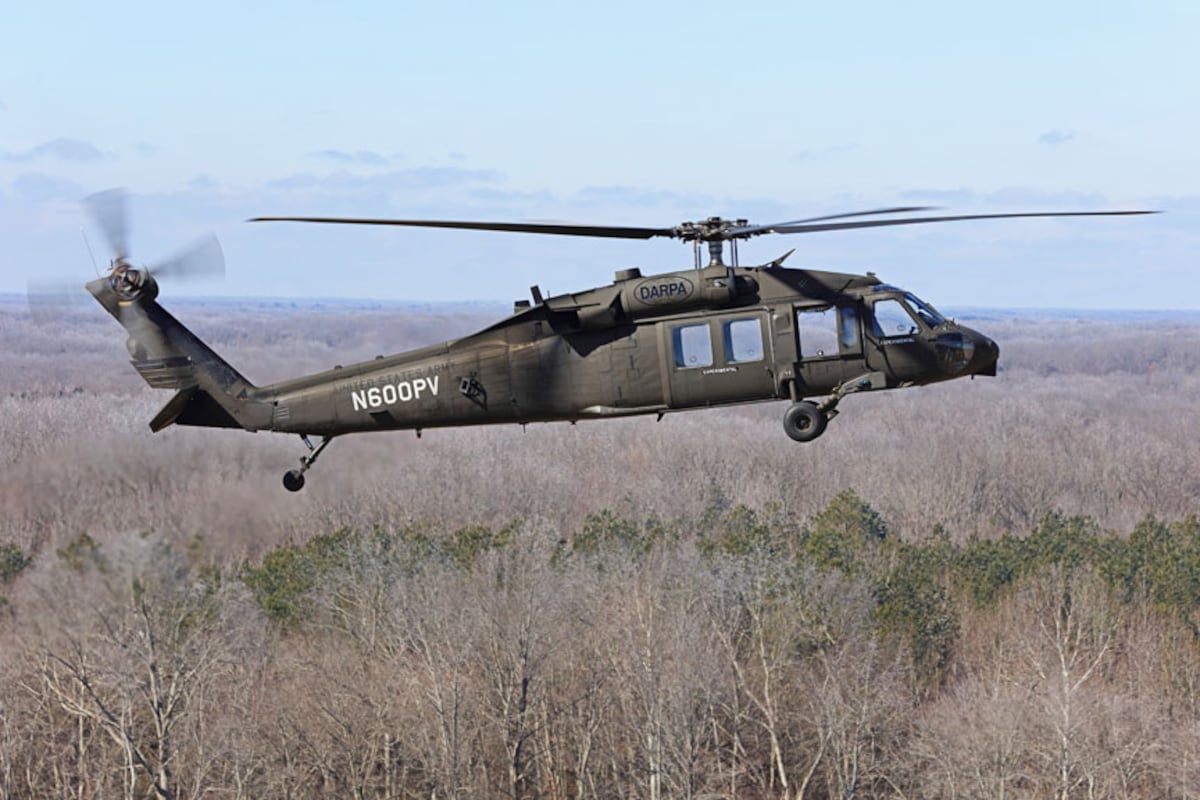Discovering the Thrills and Innovations of the Blackhawk Helicopter
The Blackhawk helicopter stands as a testimony to armed forces aeronautics's development, merging technical advancements with functional applications. What exists in advance for this legendary airplane, and exactly how will emerging modern technologies form its future in armed forces operations?
History of the Blackhawk Helicopter
Since its creation in the 1960s, the Blackhawk helicopter has actually played an essential function in modern-day armed forces air travel. Established by Sikorsky Aircraft, the UH-60 Blackhawk was made to meet the united state Military's demand for a flexible utility helicopter capable of executing a range of missions, including army transportation, medical discharge, and cargo airlift. The layout was a feedback to the limitations of earlier helicopters, specifically in terms of speed, survivability, and ability to move.
The Blackhawk made its first trip in 1974 and soon entered solution in 1979. Its intro noted a considerable innovation in helicopter modern technology, featuring a two-rotor system that improved efficiency and stability. The aircraft's rugged building and advanced avionics enabled it to operate successfully in diverse settings and conditions.
Throughout the years, the Blackhawk has been constantly updated, integrating lessons picked up from various battle scenarios. Its release in problems such as the Gulf Battle, Somalia, and the Battle on Terror additional strengthened its credibility as a vital property. The Blackhawk's tradition is identified by its adaptability and durability, making it a keystone of military aviation for years.
Key Features and Specifications
The Blackhawk helicopter is identified by its robust layout and advanced technical attributes, which collectively boost its functional capacities. Created largely for energy goals, the Blackhawk boasts a maximum launch weight of approximately 22,000 pounds, allowing it to lug substantial hauls while preserving agility.
Outfitted with 2 General Electric T700-GE-701C engines, the Blackhawk attains an optimal speed of around 183 knots and a variety of 368 nautical miles - Blackhawk Helicopter. Its modern rotor system includes a four-blade main rotor and a four-blade tail blades, making sure stability and maneuverability in different flying conditions
The helicopter's cabin can fit up to 11 troops or different freight configurations, showcasing convenience in objective accounts. Furthermore, the Blackhawk is made with advanced avionics, including digital flight controls and a comprehensive cockpit screen, improving pilot situational recognition.
For boosted survivability, the Blackhawk incorporates ballistic shield and self-sealing fuel containers. Its ability to operate in diverse environments, from deserts to icy surfaces, even more strengthens its credibility as a trustworthy system for armed forces and humanitarian operations alike. The Blackhawk's combination of power, strength, and versatility makes it a keystone of modern aerial capacities.
Innovations in Innovation
Technologies in innovation have actually substantially enhanced the abilities of the Blackhawk helicopter, ensuring it remains at the forefront of military aviation. One of one of the most notable improvements is the combination of sophisticated avionics systems, which supply enhanced situational awareness through real-time information handling and screen. This technology enables pilots to browse complicated atmospheres a lot more effectively, improving mission success rates.

Additionally, the introduction of electronic fly-by-wire systems has revolutionized the control mechanisms of the Blackhawk, providing smoother handling and boosted responsiveness. Jointly, these technological innovations make sure that the Blackhawk helicopter remains an important possession in contemporary military procedures.
Roles in Military Operations
With advanced technology enhancing its capacities, the Blackhawk helicopter plays a multifaceted role in army procedures. Mostly, it is utilized for troop transport, enabling quick release and removal of employees in numerous combat scenarios. Its large cabin can accommodate as much as 11 their website troops, making it a necessary property for large-scale goals and unique operations.
In Addition, the Blackhawk works as a medevac platform, equipped to deliver wounded soldiers rapidly and efficiently from the battleground to clinical facilities - Blackhawk Helicopter. Its versatility expands to logistical assistance, where it carries materials and tools important for sustaining military More Info operations in remote locations

The helicopter is additionally crucial in reconnaissance objectives, supplying airborne monitoring and intelligence-gathering capabilities. Its capability to operate in varied settings-- varying from metropolitan settings to extreme surfaces-- additional solidifies its relevance on the field of battle.
In Addition, the Blackhawk can be outfitted with sophisticated weapons, allowing it to involve in battle and supply close air assistance. This versatility underscores the helicopter's important function in modern armed forces strategies, making it a crucial part of militaries worldwide.
Future Developments and Innovations
Developments in innovation assurance to usher in a brand-new age for the Blackhawk helicopter, boosting its capacities and functional effectiveness. Future developments for the Blackhawk may consist of improvements in avionics, such as sophisticated flight control systems and boosted situational recognition tools powered by artificial knowledge.
Furthermore, the assimilation of unmanned systems is on the horizon, possibly permitting for manned-unmanned teaming operations that can increase mission profiles and reduce danger to employees. The Blackhawk's layout is also expected to incorporate lighter and stronger products, enhancing fuel performance and total performance.

Final Thought
To conclude, the Blackhawk helicopter represents a significant success in military air travel, defined by its flexibility and progressed technological features. Its historical advancement mirrors a continual reaction to functional demands, enhancing abilities in various duties such as army transport and medevac procedures. Ongoing advancements, consisting of the assimilation of fabricated intelligence and hybrid-electric propulsion, guarantee to further reinforce the Blackhawk's effectiveness and significance in future army involvements, ensuring its condition as a vital property on the battleground.

With innovative technology boosting its capacities, the Blackhawk helicopter plays a multifaceted duty in military operations. (Blackhawk Helicopter)